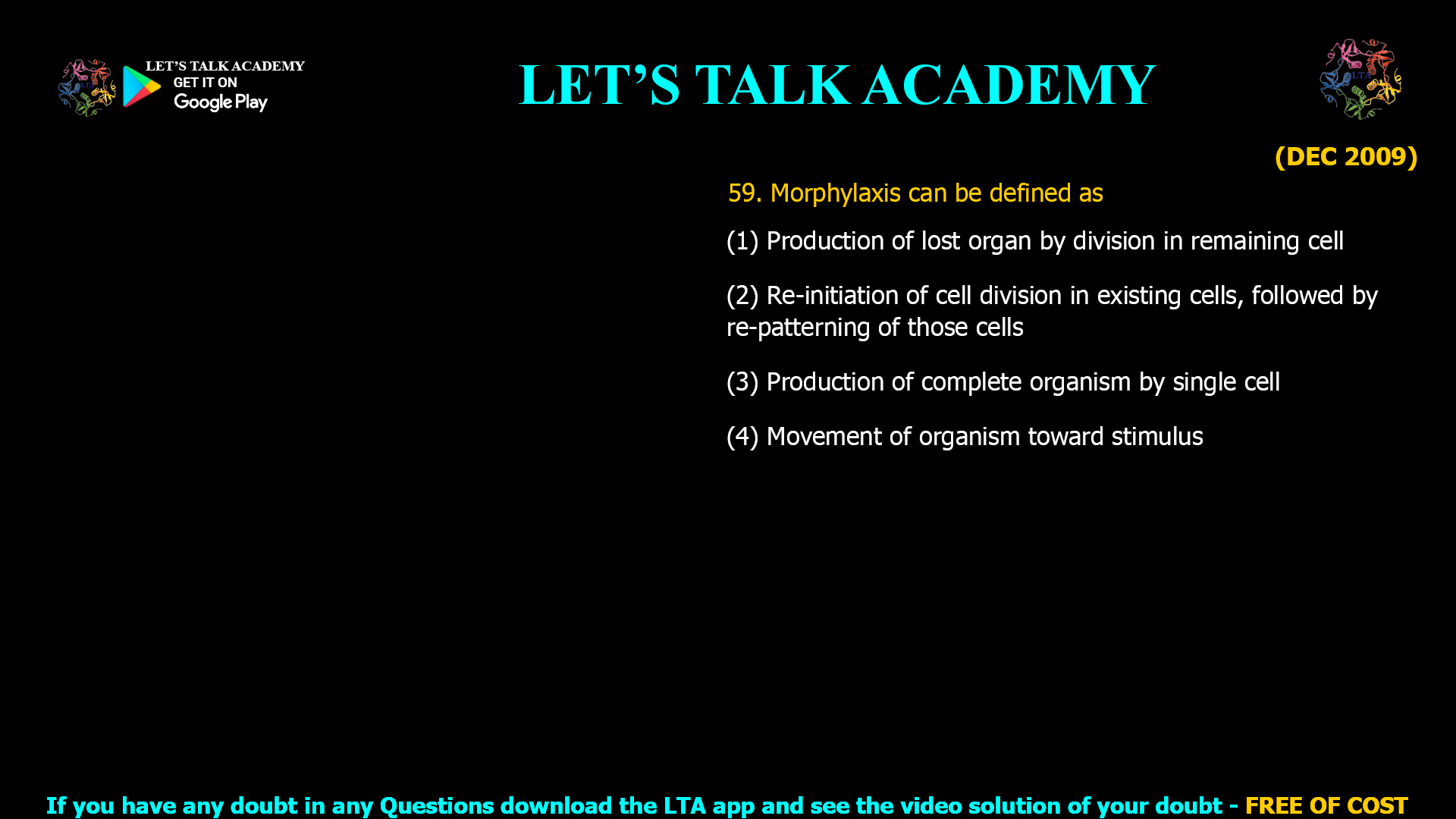Both TGF β and Sonic hedgehog signals play important roles in both neurulation and cell-fate patterning of the neural tube. Which one of the following statements is true? (1) High […]
Category: CSIR NET Life Science Previous Year Questions and Solution on Morphogenesis and Organogenesis in Plants
CSIR NET Life Science Previous Year Questions and Solution on Morphogenesis and Organogenesis in Plants










































































